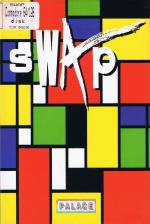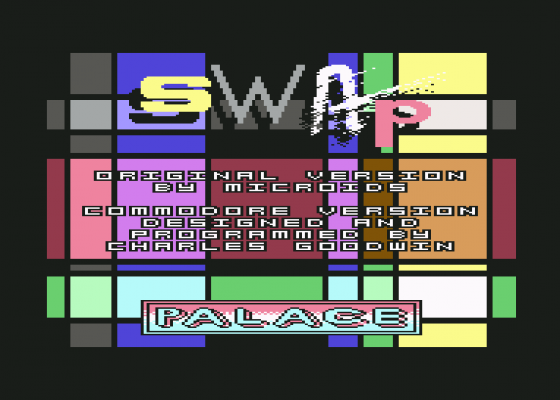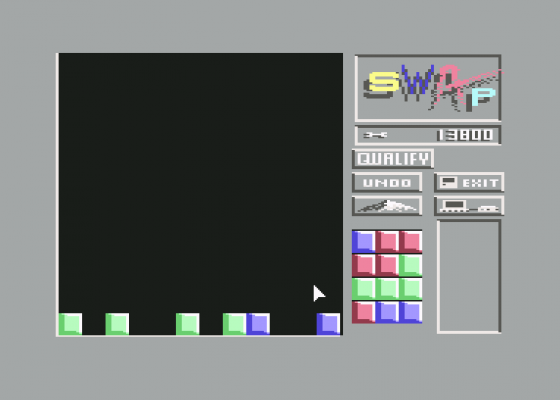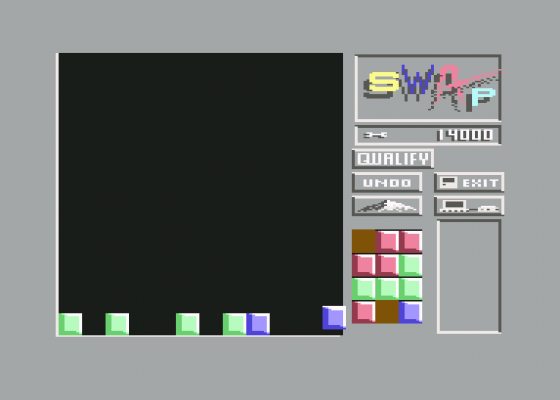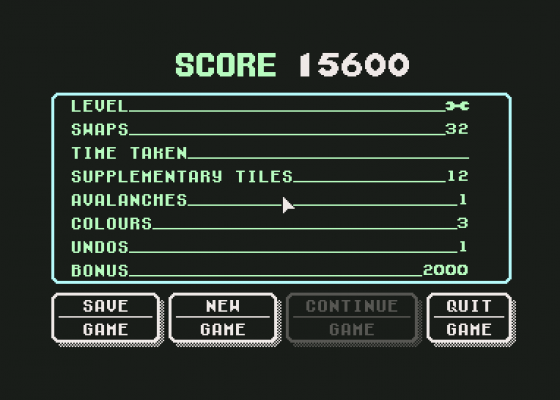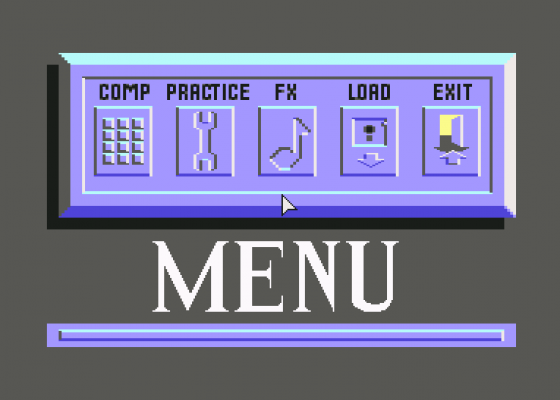Other Reviews Of Swap For The Commodore 64/128
SWAP (Palace)
Palace have been pretty quiet on the C64 scene for a while now. Well, totally silent actually. Their last game, International 3D Tennis, was so long ago, most of you probably haven't even heard of them! Anyway, they're back, they've got a new game, and it's a puzzler called Swap.


 1st October 1991
1st October 1991